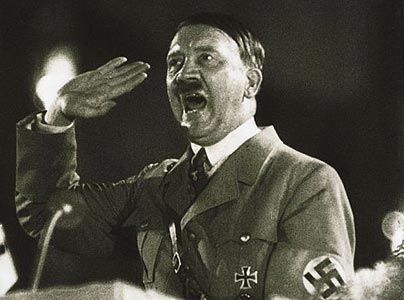To judge by the long, snaking queue of people waiting to see “The World’s Most Photographed”, its current exhibition is one of the National Portrait Gallery’s most visited. The small and rather cramped suite of galleries in which the museum has chosen to display the photographs that make up the show – pictures of ten somewhat arbitrarily selected royals, politicians, Hollywoodites and sports stars – is partly to blame for the congestion. So too is the fact that many of the pictures in question, especially the earliest photographs, a series of late nineteenth- and early twentieth-century pictures of Queen Victoria and Gandhi, are small and intimate objects which require close scrutiny to be appreciated at all. Seeing the exhibition is an uncomfortable experience, rather like visiting a series of shrines erected to an unusual array of secular saints and having to jostle for position, among the throng of other pilgrims, for a view of their precious remains. But this does in itself reveal a kind of truth about the nature of its contents
Sandy Nairne, director of the NPG, writes in his foreword to the show’s catalogue that “The aim of The World’s Most Photographed is to bring overlooked photographic portraits to public attention, and to demonstrate the way in which photography and modern history are now inseparable… This connects with part of the National Portrait Gallery’s mission, to explore portraiture in all its forms , seeking a wider understanding of how portraiture plays its part within cultural history.” That sounds suspiciously like an attempt to lend a cynically populist, attendance-boosting exercise – complete with BBC TV tie-in – the semblance of intellectual dignity. But the exhibition is interesting none the less and does, to a limited extent, justify the arguments made on its behalf. It contains rather too many...

The World’s Most Photographed at The National Portrait Gallery
31-07-2005

